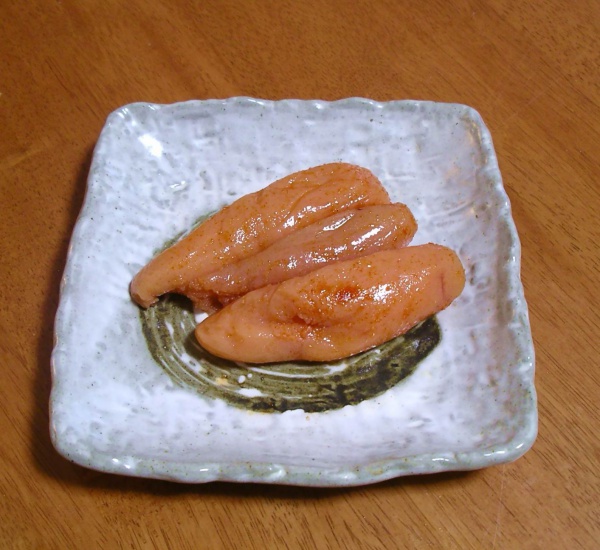Facts About Pollock roe
Pollock roe, also known as pollack roe, derives from the Alaska pollock, a species related to cod. This ingredient is highly valued in Korean, Japanese, and Russian cuisines. In Korea, it is called "myeongnan" with the salted roe dish referred to as "myeongnan-jeot." In Japan, pollock roe is known as "mentaiko" a term etymologically linked to the Korean word "myeongtae." Russians call it "ikra mintaya."
Koreans have cherished pollock roe for centuries, with historical records dating it back to the Joseon era. The Japanese dish "mentaiko" actually originated from Korea's "myeongnan-jeot" and was introduced to Japan by Toshio Kawahara. In Korea, pollock roe is typically prepared just before the winter solstice. The preparation process includes washing the roe in salt water, salting it, and marinating it with chili powder and garlic. It is often served as a side dish and incorporated into various Korean recipes.
In Japan, "mentaiko" comes in an array of flavors and colors. It is commonly enjoyed with onigiri (rice balls) or used as a pasta sauce. There is also a milder version called "tarako" that is quite popular. In Russia, pollock roe is typically consumed as a sandwich spread and is often sold in canned form.

 North Korea
North Korea